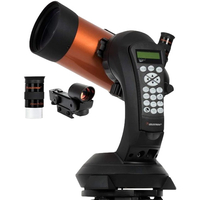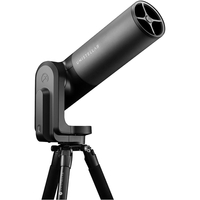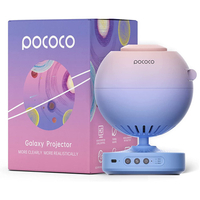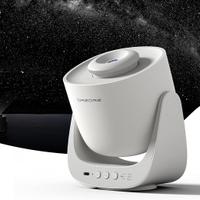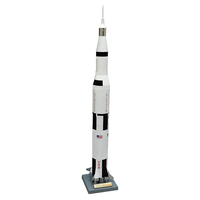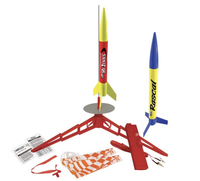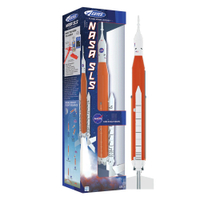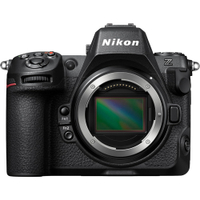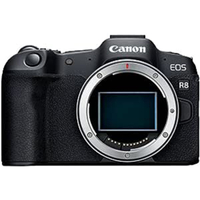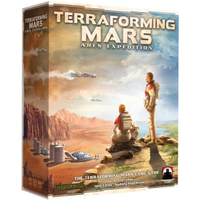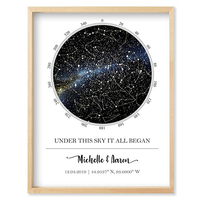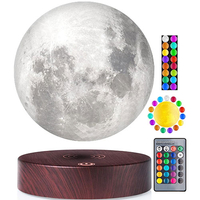Best space gifts 2025: Top gifts for space-loving kids and adults
The best space gifts cover a range of products and prices as there's a suitable treat for any space fan, from telescopes, Lego, star projectors and more.

The best space gifts on the market come in a wide range of different shapes, sizes and cover a variety of price points. In our guide, we've explored the expanse of reputable retailers and discovered the best gifts, with something suitable for everyone.
Below, you'll find top-quality space-themed products and all you need, whether you want to view the cosmos, build a set, play a game or do something entirely different. Navigation through this guide is made easier with our sidebar, which you can use to skip to the parts that interest you the most. Although we've solely focussed on quality, we've tried to include something for everyone, regardless of if you're looking for new astro gear, to treat yourself or to inspire a budding space enthusiast.
We've split this guide up into categories, so you get the best options on a range of product types. However, if one catches your eye specifically, you might want to check out our dedicated pages like the best telescopes, cameras for astrophotography, best Lego sets and best star projectors. But, for the best space gifts on the market, scroll down below.
The Quick List
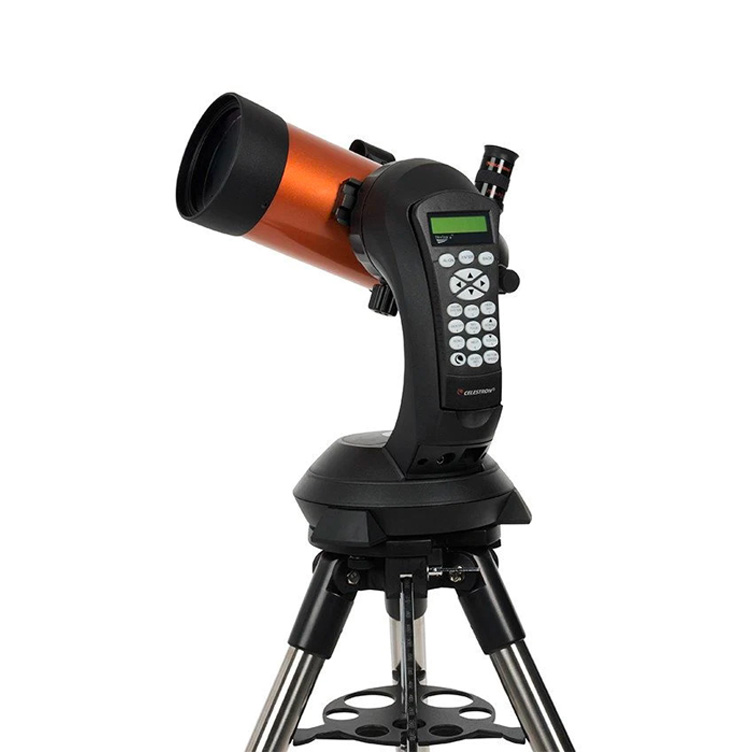
he NexStar 4SE features a fully automated GoTo mount with a database of over 40,000 celestial objects, a 4-inch aperture, quality optics and comes with astronomy software.

Sega's Homestar Flux star projector offers a realistic experience with over 60,000 stars. Two discs come with the star projector but more are available.
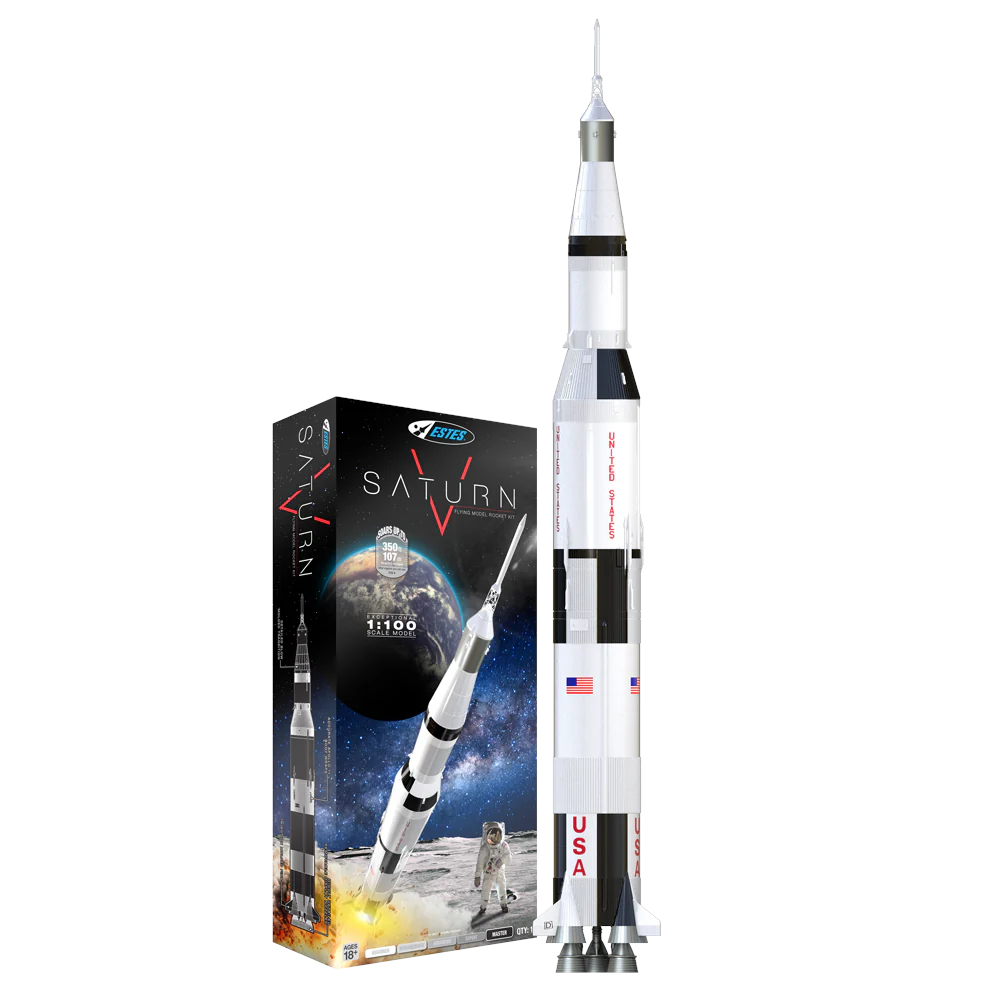
This model rocket is a 1:200 scale of the Saturn V rocket and can be launched up to 200 feet. It comes with a pre-packed parachute too.
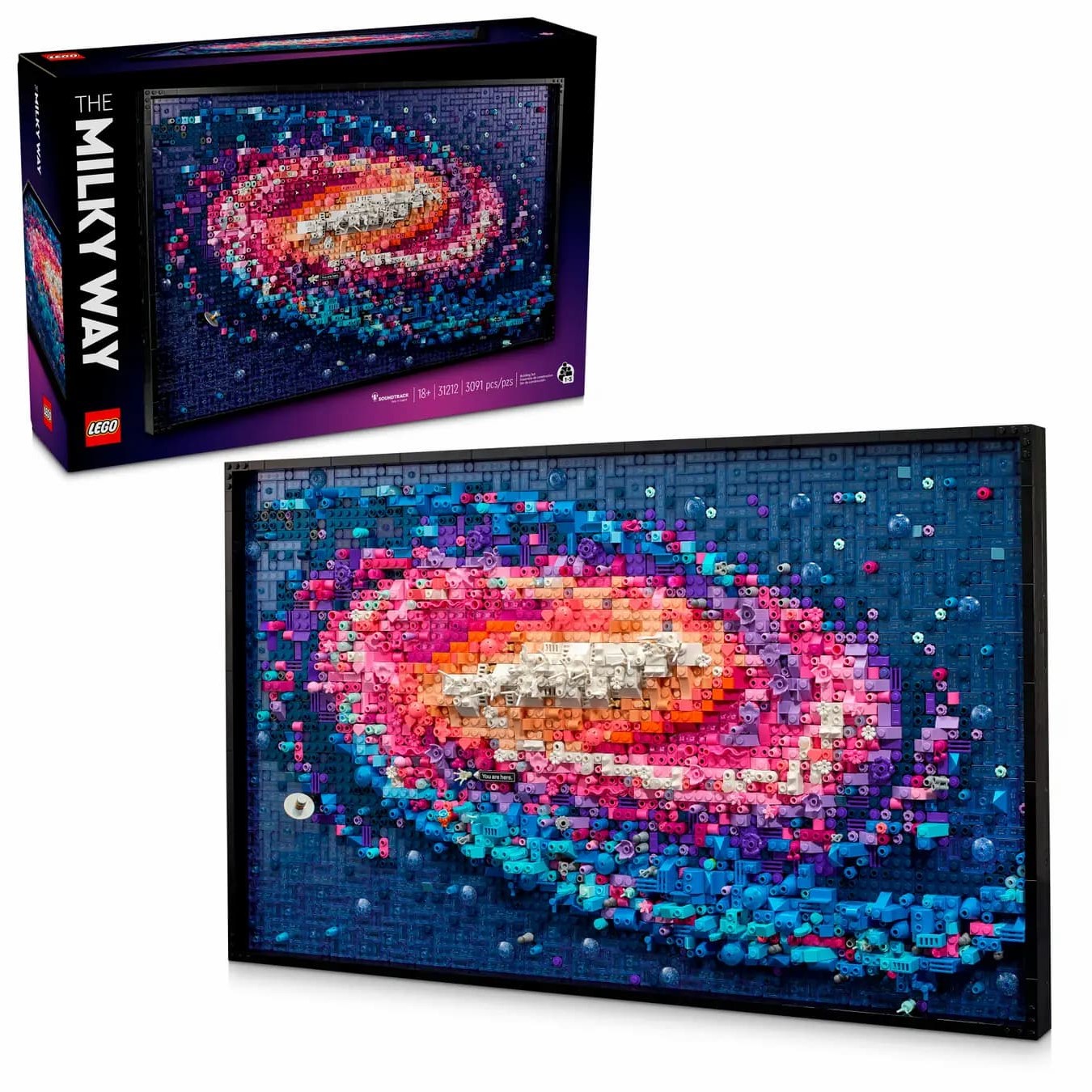
This 3091-piece Lego set is truly unique as it features vibrant colors, gives us an awesome look at our galaxy and hangs like a painting on a wall.
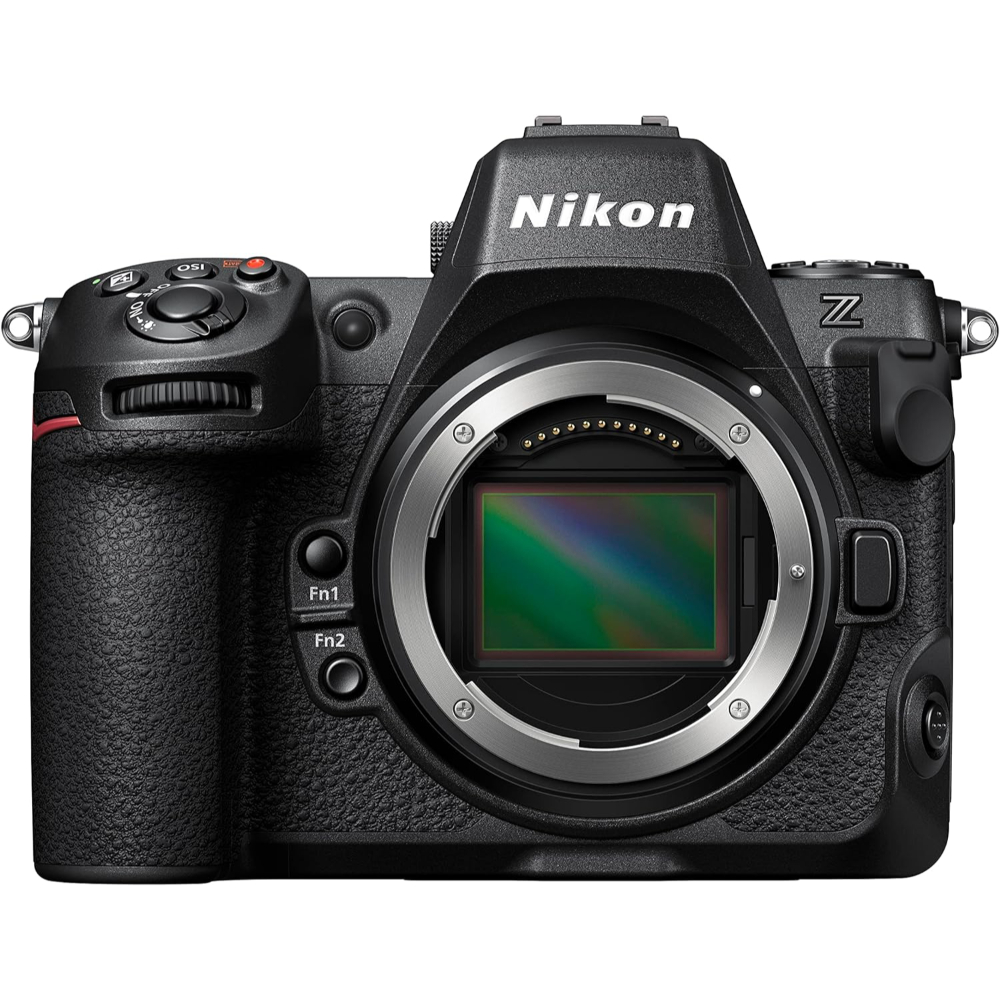
For some, this camera may be overkill, but for others, it's the camera to have. It features a full-frame 45.7MP sensor with 8K video ability and a top-tier FPS rate.

We rate this as the best space board game out there and you can read why below. It's quick and easy to set up, features multiple gameplay elements with minimal player conflict.

This lightsaber is one of the very best out there due to it's incredible effects, stunning detail and a display stand is included.
Best telescopes
This telescope sits at the top of our best telescopes guide, as well as some of our other 'best of' guides. The NexStar 4SE itself is packed with features, including a fully automated GoTo mount with a database of over 40,000 celestial objects, a 4-inch aperture, quality optics, and a free download of astronomy software.
The Celestron Inspire 100AZ features second in our best telescopes guide as the best budget telescope on the market. We think it's easy to set-up, provides sharp images of planets and the moon and it comes with a range of accessories.
In our best telescopes guide, we voted the Unistellar eQuinox 2 as the best smart telescope on the market. Unsurprisingly, it also features at the top of our best smart telescopes guide. Experience live image processing, access the sky catalog, utilize the manual focus, and observe it all via your mobile or tablet.
Note: You can currently get a free smart solar filter with the purchase of any telescope from Unistellar.
Best star projectors
Sega's Homestar Flux star projector sits at the top of our best star projectors guide and offers a realistic experience with over 60,000 stars. Extra discs are available, but you get two included. There's no hiding that it's one of the more expensive options on the market, but it is also the most realistic.
Another model that sits in our best star projectors guide. We think this is the best rechargeable option and it offers the option to take with you, LED lighting, multiple available disks and a warranty. It's lightweight too but that can make it a little unstable.
Note: Apply the coupon to save $15.
Fun and ideal for gifting, this Astronaut Starry Sky Galaxy Projector sits in our best star projectors guide as the best budget option as it's super affordable and super cute. Plus, there’s a remote control to light up your room with stars without having to get up. If you want it in black or pink though, it’s $36.
Note: You can save a further 15% on this item.
The Orzorz star projector offers bright and vivid imagery and it can be powered by its rechargeable battery or by the mains. It rivals the big hitters in the world of star projectors and offers all of that at a fraction of the cost of its rivals.
Best Model rocket
This is a 1:200 scale model replica of the Saturn V rocket, complete with details, painting and markings, that stands at nearly two feet tall. You can hit heights of approximately 200 feet with this model rocket and includes a pre-assembled parachute for safe landing.
There are two model rockets in this set and they can reach a maximum height of 1,200 feet. They come ready to fly, too, which is great for younger enthusiasts and anyone who isn't interested in the building process.
Affordable and easy to use, we rate this 1:200 scale model of NASA's SLS rocket very highly. It features great detail and comes ready to launch - so it's perfect for space enthusiasts as well as those wanting to get into model rockets.
Best Space Lego
This mesmerizing Milky Way Lego set features in our best Lego space sets guide and you can check out our review for a closer look. It comes with 3091 pieces, vibrant colors and hangs on the wall when you’ve finished it, so it doesn't take up much space.
Another Lego set that features in our best lego space sets guide. This set features a colossal 3601 pieces and is packed with phenomenal detail. After all your hard work, it looks stunning and it comes with a deployable satellite. Check out our review for more.
Save 14% on this fantastic 500-piece Lunar Space Station playset that comes complete with a Docking Space Capsule, Science and Botany Labs and see-through Sleeping Quarters for the 5 Astronaut Minifigures.
This 717-piece set is compatible with other Lego City sets and inspires playtime. It comes with alien and astronaut minifigures and even has compartments to store spare pieces.
Best cameras for astrophotography
The Nikon Z8 is flawless in almost every aspect, at least that's what we thought in our review. It sits near the top of our best cameras for astrophotography guide due to its impressive features - like the full-frame 45.7MP sensor with 8K video ability. It also has excellent noise-handling capabilities to match an insane FPS rate - this is suited for professionals and serious hobbyists.
Here is another camera that sits in our best cameras for astrophotography guide. The Canon EOS R8 has a 24.2MP full-frame sensor and 4K camera capabilities. It's the best entry-level Canon camera and one of the cheapest too.
Best space board games
This is a classic space board game. It features at the top of our Best space board games guide and it features an expansive card deck and multiple gameplay elements.
Save 10% on a top space board game. Here, players take on the role of astronomers, participating in this real scientific investigation board game. With companion app integration, players can randomly select an arrangement of objects and a location for Planet X.
Save 18%: The classic hardcore Star Wars board game pits rebels against the Empire in the struggle for galactic supremacy. It's suitable for ages 14 and up and is a must-own for Star Wars fans.
It's the lowest price we've seen for a while, so why wouldn't you get it? Based on the 2021 movie, Dune: House Secrets is a narrative-focused game that involves players making choices and completing secret missions against the other players. Sand not included.
Best lightsabers
This lightsaber sits in our best lightsabers guide as the best Obi-Wan model out there. It has superb effects and stunning detail and you can read our review for a closer look. You can get really in the zone with the entertainment-inspired sound effects, so you can finally stop making them yourself.
Another entry from the Star Wars The Black Series, but this time, for the iconic green lightsaber belonging to Master Yoda. Stunning light effects are courtesy of LEDs and the sound effects are pretty neat too. This lightsaber comes with a display stand and kyber crystal.
If you're a fan of the more modern Star Wars canon, there's a lightsaber for you too. Another from The Black Series, this time in the shape of the Darksaber from The Mandalorian. LEDs, a display stand and top detail are all featured here. and it's in our best lightsabers guide.
More gift ideas
This custom star map is the perfect Valentine's gift for any fan of space, astronomy or the night sky in general. You can have this map in a choice of sizes with a choice of font and have the night sky printed from any date past or present of your choice. This map comes unframed.
A science gift that uses science to exist - this Levitating Moon Lamp brings a floating moon to your home, glowing in 16 different colors. It’s the perfect gift for space lovers and mood setting as advanced 3D printing technology recreates the actual moon surface.
How we test
We've reviewed many items on this list, with the respective category experts tackling the reviews: Our stargazing experts have reviewed the telescopes, for example, while our Lego experts have tackled the Lego sets. For the items we haven't reviewed, we've used our expertise to pick out market leading items, taking into account public reviews and opinions to select good recommendations.
While our space gift ideas encompasses a large range of item types, we've carefully selected items that all come recommended by our team, and we've been sure to select a range of items that covers a wide range of price points.
Best Space Gifts FAQs
What are the best telescopes for children?
Telescopes for kids don't have to be flimsy models that don't offer genuine quality. For further detail, you can check out our page to the best telescopes for kids. But, in short, we think the Celestron Firstscope 76 is the best overall and the Celestron Inspire 80AZ is the best quality model for kids.
Are star projectors scientifically accurate?
In short, they can be. It's important that you do your research on the projector you're buying as some offer a cool, space-like image projection while others offer legitimate projections of star clusters, galaxies, nebulas and more.
What are the best Lego space sets for kids?
We think the best Lego space set for kids is the Lego 3-in-1 astronaut as it can be built into three different sets: an astronaut, a dog and a spaceship. Other top child-friendly options include the Lego City Modular Space Station and the Lego Technic Earth and Moon Orbit.
Recent updates
April 3: We've rewritten the strapline and the intro as well as added an FAQ section and more products to some sections.
Follow Alexander Cox on X @Coxy_97Official. Follow us on Twitter @Spacedotcom and on Facebook.
Join our Space Forums to keep talking space on the latest missions, night sky and more! And if you have a news tip, correction or comment, let us know at: community@space.com.
Get the Space.com Newsletter
Breaking space news, the latest updates on rocket launches, skywatching events and more!

STAFF WRITER, E-commerce — Alex joined Space.com in June 2021 as staff writer covering space news, games, tech, toys and deals. Based in London, U.K. Graduating in June 2020, Alex studied Sports Journalism in the North East of England at Sunderland University. During his studies and since his graduation, Alex has been featured in local newspapers and online publications covering a range of sports from university rugby to Premier League soccer. In addition to a background in sports and journalism, Alex has a life-long love of Star Wars which started with watching the prequel trilogy and collecting toy lightsabers, he also grew up spending most Saturday evenings watching Doctor Who.
